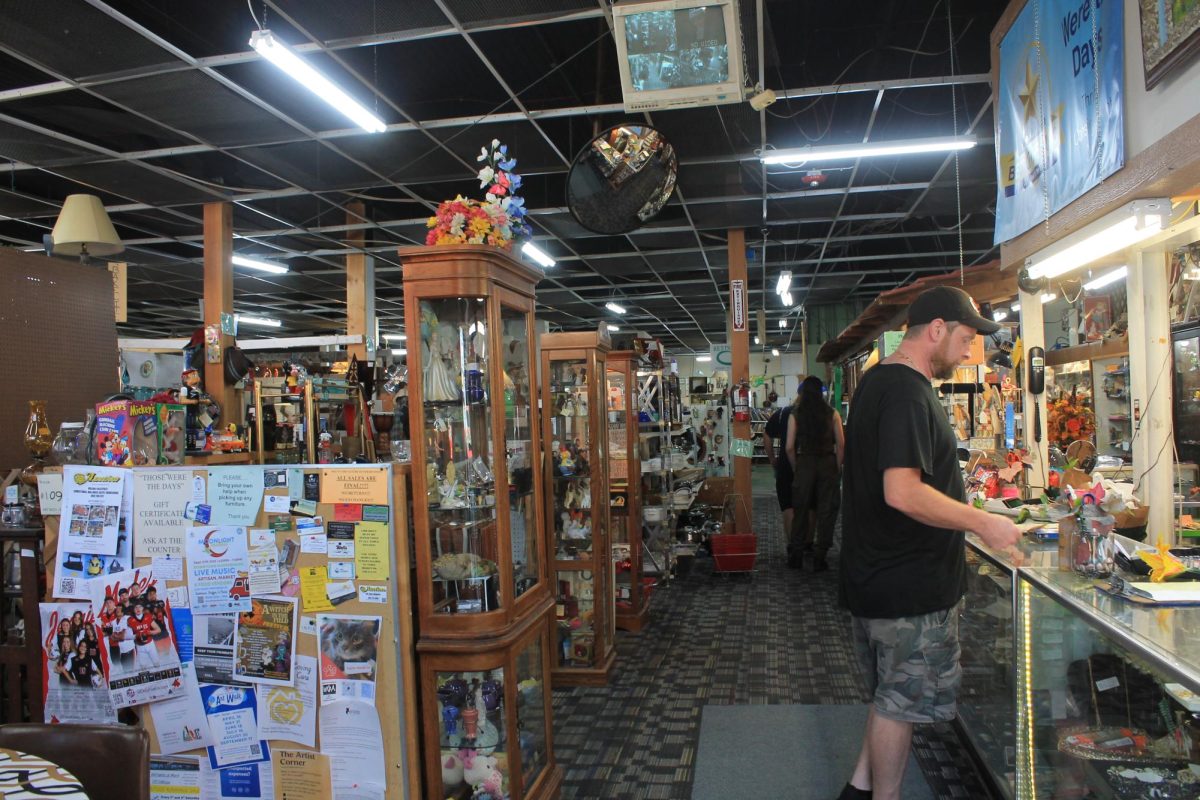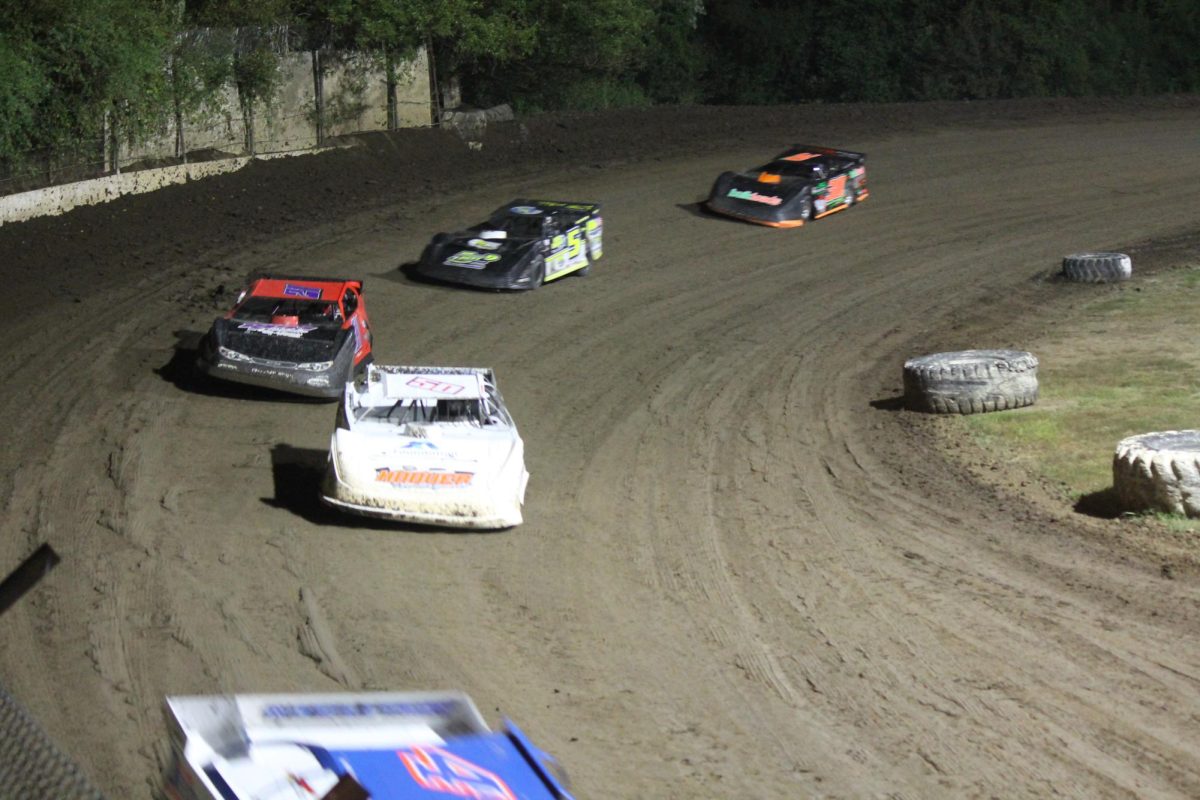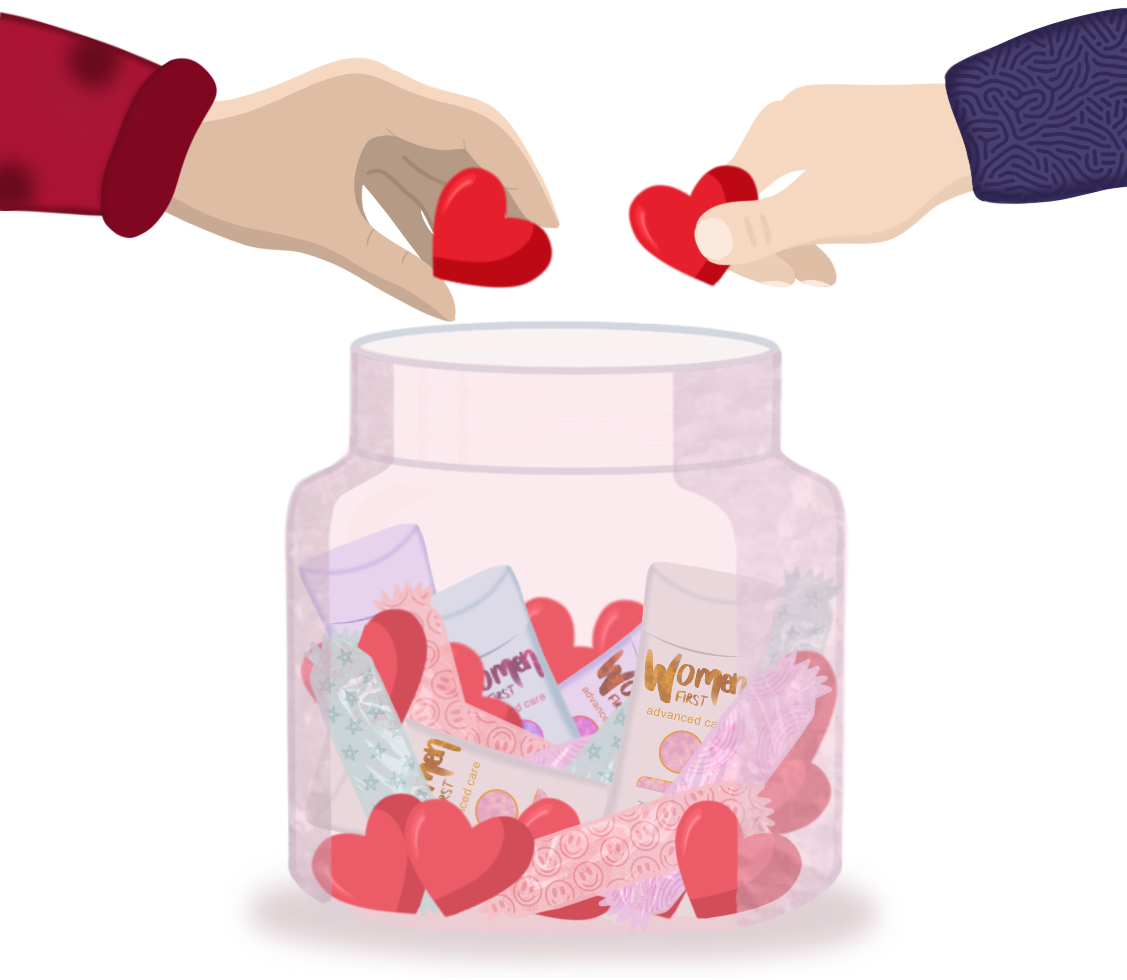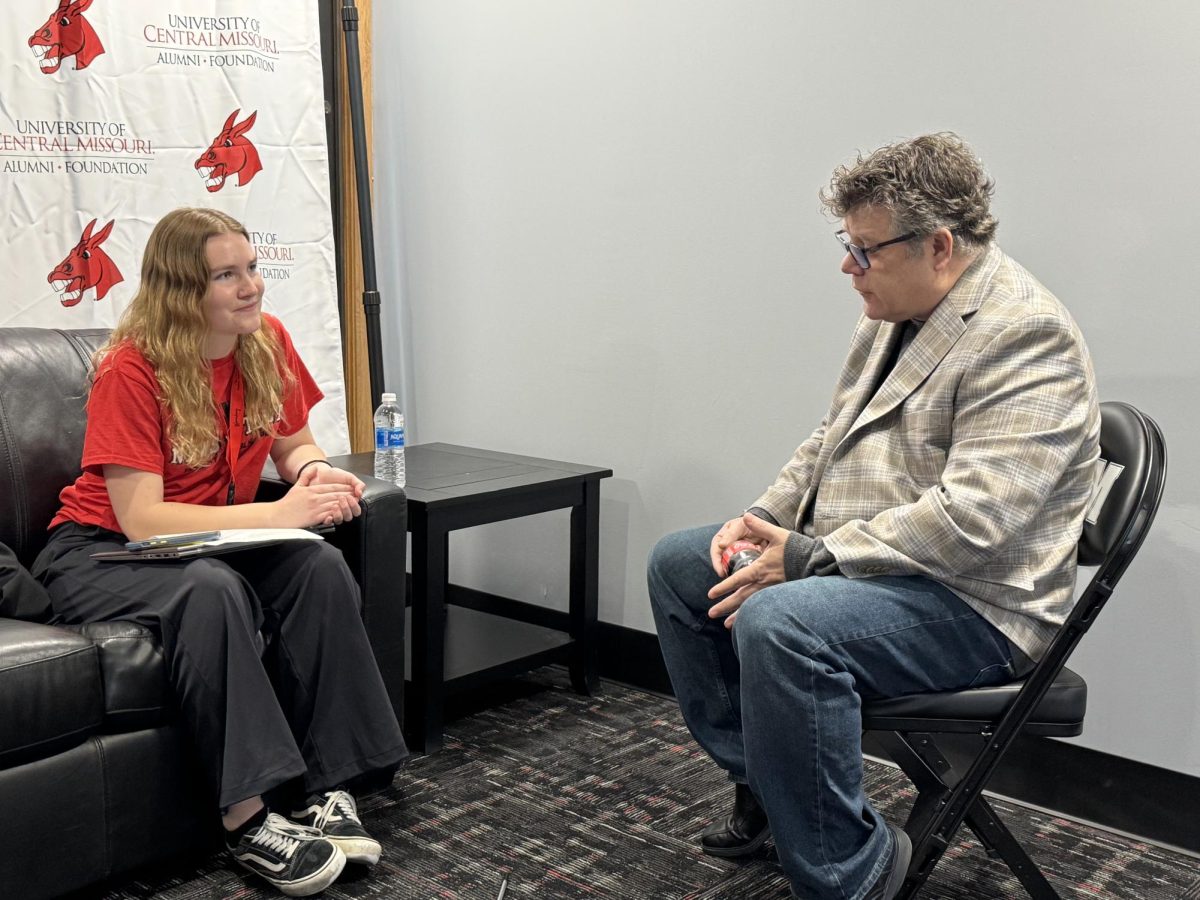By ALAN SCHER ZAGIER
(ST. LOUIS, AP) — A walk down the 6-mile city street named for the Rev. MartinLuther King Jr. yields plenty of images that would surely unsettle the civil rights leader: shuttered storefronts, open-air drug markets and a glut of pawn shops, quickie check-cashing providers and liquor stores.
The urban decay along Dr. Martin Luther King Jr. Drive in St. Louis can be found in other major American cities, from Houston and Milwaukee to the nation’s capital.
“It’s a national problem,” said Melvin White, a 46-year-old postal worker in St. Louis and founder of a 3-year-old nonprofit group that is trying to restore King’s legacy on asphalt. “Dr. King would be turning over in his grave.”
Nearly three decades into the observance of Monday’s federal holiday, the continuing decline of the most visible symbols of King’s work has White and others calling for a renewed commitment to the more than 900 streets nationwide named in the Atlanta native’s honor. The effort centers in St. Louis, where the small nonprofit is working to reclaim MLK roadways as a source of pride and inspiration, not disappointment over a dream derailed.
White’s goals are ambitious, his resources admittedly modest. A neighborhood park is planned across the street from the group’s headquarters. An urban agriculture project to encourage residents to eat healthy and grow their own food has preliminary support from nearby Washington University, one of the country’s wealthiest private colleges. Above all, Beloved Streets of America wants to build community from the ashes of what was once a thriving retail corridor when White was a child.
The template can be found just a mile away. Delmar Boulevard, which saw a similar decline, is now a vibrant retail corridor packed with restaurants, nightclubs, a renovated movie theater and a boutique hotel. The renaissance earned Delmar recognition in 2007 as one of “10 Great Streets in America” by the American Planning Association.
Journalist Jonathan Tilove, who wrote a 2003 book based on visits to 650 King streets nationwide, called the King byways “black America’s Main Street.”
“Map them and you map a nation within a nation, a place where white America seldom goes and black America can be itself,” he wrote. “It is a parallel universe with a different center of gravity and distinctive sensibilities. … There is no other street like it.”
But while streets named for King undoubtedly resonate widely in the black community, a University of Tennessee geography professor whose research explores the cultural and political significance of such streets said the compromised condition of streets named for King in St. Louis and other cities deserves broader attention.
“In some ways we racially profile these streets,” said Derek Alderman, author of a 2007 study that found a smaller disparity among MLK-named streets and other “main streets” than is popularly portrayed. “We need to move beyond those images and see what concrete lives and realities are living on those streets.”
More than 50 years after King led his march on Washington, communities large and small still debate whether to rename local streets in his honor. In Harrisonburg, Va., city leaders recently agreed to rename a street for King over protests by some residents. A similar debate continues in High Point, N.C., where a King street proposal first suggested two decades ago remains up in the air.
Other cities have had more success in balancing the desire to commemorate King without superseding local tradition. Alderman singled out Chapel Hill, N.C., which in 2005 renamed a major thoroughfare that abuts the University of North Carolina campus. Street signs that identify Martin Luther King Jr. Boulevard also include the name “Historic Airport Road.”
Chicago’s Martin Luther King Drive, a major thoroughfare spanning roughly a dozen miles south of downtown, is anchored by important hubs of black life in the city. The street features grassy boulevards with stately greystones, while other segments touch rougher patches that have fallen into disrepair, including a dilapidated motel that drew community protests over crime. Gentrification is taking hold along some parts.
The major landmarks include Bronzeville, the neighborhood where numerous black activists lived or worked and tourism officials have marked with plaques. There’s also Chicago State University, where Pulitzer Prize-winning poet Gwendolyn Brooks taught.
In Miami, Martin Luther King Jr. Boulevard stretches from the predominantly Cuban town of Hialeah through largely black Liberty City and into Little Haiti — a reflection of both the city’s diverse demographics as well as its lingering segregation.
Along MLK Boulevard in Hialeah, where U.S. flags fly alongside Cuban ones, MLK Boulevard isn’t known as the street named after a civil rights leader. Rather, it’s simply referred to by its number: “La Nueve Street,” or 9th Street.
The sights and sounds of MLK Boulevard change in Liberty City, where many buildings are shuttered and storefront churches can be found on almost every block. In the decades after the civil rights movement, Liberty City has seen two race riots and struggled to escape a cycle of violence and poverty.
At Miami Edison High School on the border of Liberty City and Little Haiti, 17-year-old Judith Etienne said King would be disappointed in his unfulfilled dream.
“I’m sure Martin Luther King didn’t have this in his dream,” she said. “There’s a lot of kids dying of gang violence in this community.”
For Alderman, the King street scholar, the struggle to reclaim MLK Jr. Drive in St. Louis offers a realistic portrayal of the battles King waged a half-century ago — and where such efforts need to reach into the 21st Century.
“Those street names are really powerful social indicators of how far we’ve come in really fulfilling the dream, and giving us an indication of where we need to do more work,” he said. “As much as it may sadden us, it demarcates and defines boundaries for civil rights activism for the future. You’ve got something that remembers the past that actually works, in its own tragic irony, to symbolize where the struggle still is.”
“It’s a national problem,” said Melvin White, a 46-year-old postal worker in St. Louis and founder of a 3-year-old nonprofit group that is trying to restore King’s legacy on asphalt. “Dr. King would be turning over in his grave.”
Nearly three decades into the observance of Monday’s federal holiday, the continuing decline of the most visible symbols of King’s work has White and others calling for a renewed commitment to the more than 900 streets nationwide named in the Atlanta native’s honor. The effort centers in St. Louis, where the small nonprofit is working to reclaim MLK roadways as a source of pride and inspiration, not disappointment over a dream derailed.
White’s goals are ambitious, his resources admittedly modest. A neighborhood park is planned across the street from the group’s headquarters. An urban agriculture project to encourage residents to eat healthy and grow their own food has preliminary support from nearby Washington University, one of the country’s wealthiest private colleges. Above all, Beloved Streets of America wants to build community from the ashes of what was once a thriving retail corridor when White was a child.
The template can be found just a mile away. Delmar Boulevard, which saw a similar decline, is now a vibrant retail corridor packed with restaurants, nightclubs, a renovated movie theater and a boutique hotel. The renaissance earned Delmar recognition in 2007 as one of “10 Great Streets in America” by the American Planning Association.
Journalist Jonathan Tilove, who wrote a 2003 book based on visits to 650 King streets nationwide, called the King byways “black America’s Main Street.”
“Map them and you map a nation within a nation, a place where white America seldom goes and black America can be itself,” he wrote. “It is a parallel universe with a different center of gravity and distinctive sensibilities. … There is no other street like it.”
But while streets named for King undoubtedly resonate widely in the black community, a University of Tennessee geography professor whose research explores the cultural and political significance of such streets said the compromised condition of streets named for King in St. Louis and other cities deserves broader attention.
“In some ways we racially profile these streets,” said Derek Alderman, author of a 2007 study that found a smaller disparity among MLK-named streets and other “main streets” than is popularly portrayed. “We need to move beyond those images and see what concrete lives and realities are living on those streets.”
More than 50 years after King led his march on Washington, communities large and small still debate whether to rename local streets in his honor. In Harrisonburg, Va., city leaders recently agreed to rename a street for King over protests by some residents. A similar debate continues in High Point, N.C., where a King street proposal first suggested two decades ago remains up in the air.
Other cities have had more success in balancing the desire to commemorate King without superseding local tradition. Alderman singled out Chapel Hill, N.C., which in 2005 renamed a major thoroughfare that abuts the University of North Carolina campus. Street signs that identify Martin Luther King Jr. Boulevard also include the name “Historic Airport Road.”
Chicago’s Martin Luther King Drive, a major thoroughfare spanning roughly a dozen miles south of downtown, is anchored by important hubs of black life in the city. The street features grassy boulevards with stately greystones, while other segments touch rougher patches that have fallen into disrepair, including a dilapidated motel that drew community protests over crime. Gentrification is taking hold along some parts.
The major landmarks include Bronzeville, the neighborhood where numerous black activists lived or worked and tourism officials have marked with plaques. There’s also Chicago State University, where Pulitzer Prize-winning poet Gwendolyn Brooks taught.
In Miami, Martin Luther King Jr. Boulevard stretches from the predominantly Cuban town of Hialeah through largely black Liberty City and into Little Haiti — a reflection of both the city’s diverse demographics as well as its lingering segregation.
Along MLK Boulevard in Hialeah, where U.S. flags fly alongside Cuban ones, MLK Boulevard isn’t known as the street named after a civil rights leader. Rather, it’s simply referred to by its number: “La Nueve Street,” or 9th Street.
The sights and sounds of MLK Boulevard change in Liberty City, where many buildings are shuttered and storefront churches can be found on almost every block. In the decades after the civil rights movement, Liberty City has seen two race riots and struggled to escape a cycle of violence and poverty.
At Miami Edison High School on the border of Liberty City and Little Haiti, 17-year-old Judith Etienne said King would be disappointed in his unfulfilled dream.
“I’m sure Martin Luther King didn’t have this in his dream,” she said. “There’s a lot of kids dying of gang violence in this community.”
For Alderman, the King street scholar, the struggle to reclaim MLK Jr. Drive in St. Louis offers a realistic portrayal of the battles King waged a half-century ago — and where such efforts need to reach into the 21st Century.
“Those street names are really powerful social indicators of how far we’ve come in really fulfilling the dream, and giving us an indication of where we need to do more work,” he said. “As much as it may sadden us, it demarcates and defines boundaries for civil rights activism for the future. You’ve got something that remembers the past that actually works, in its own tragic irony, to symbolize where the struggle still is.”






